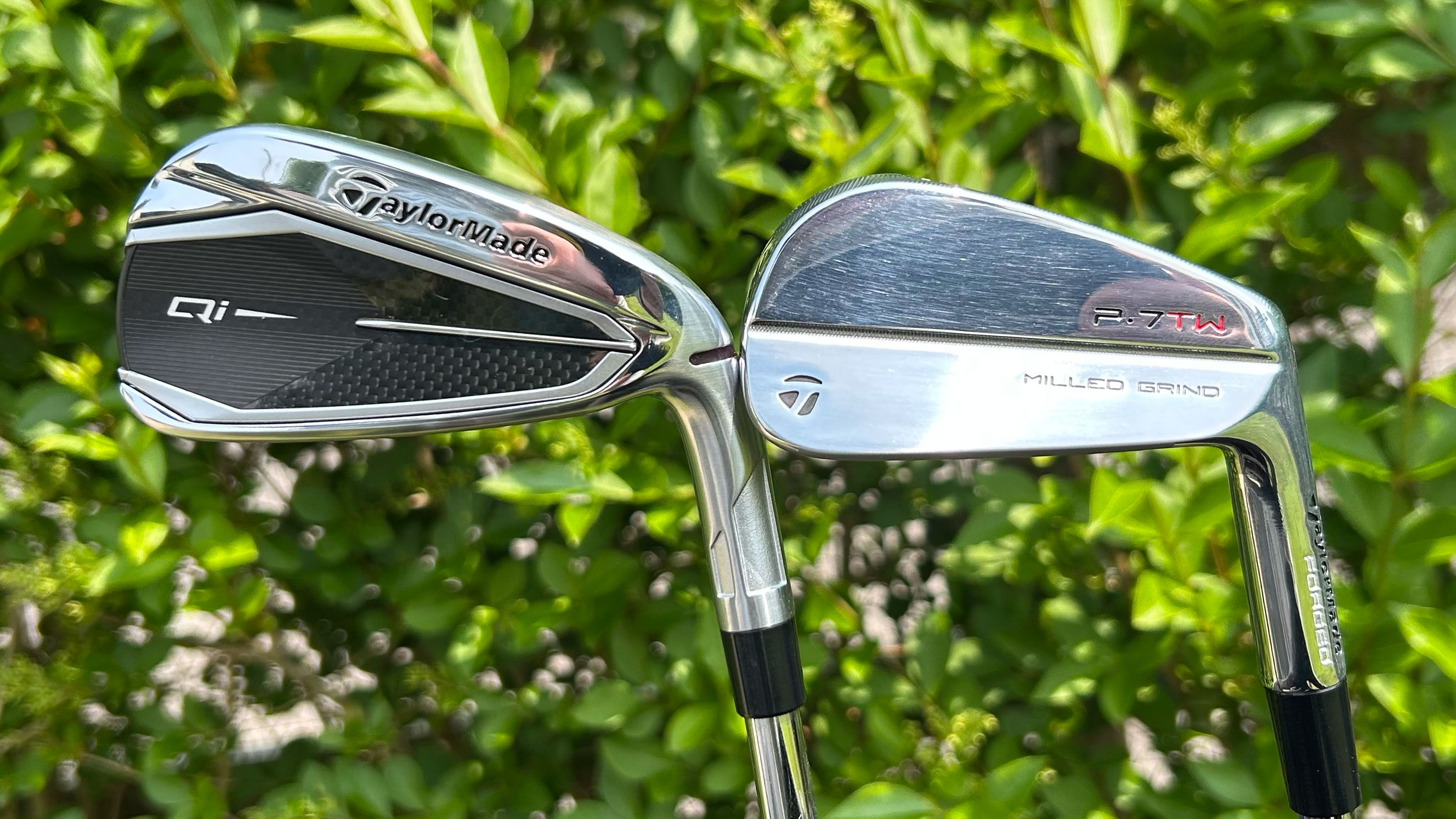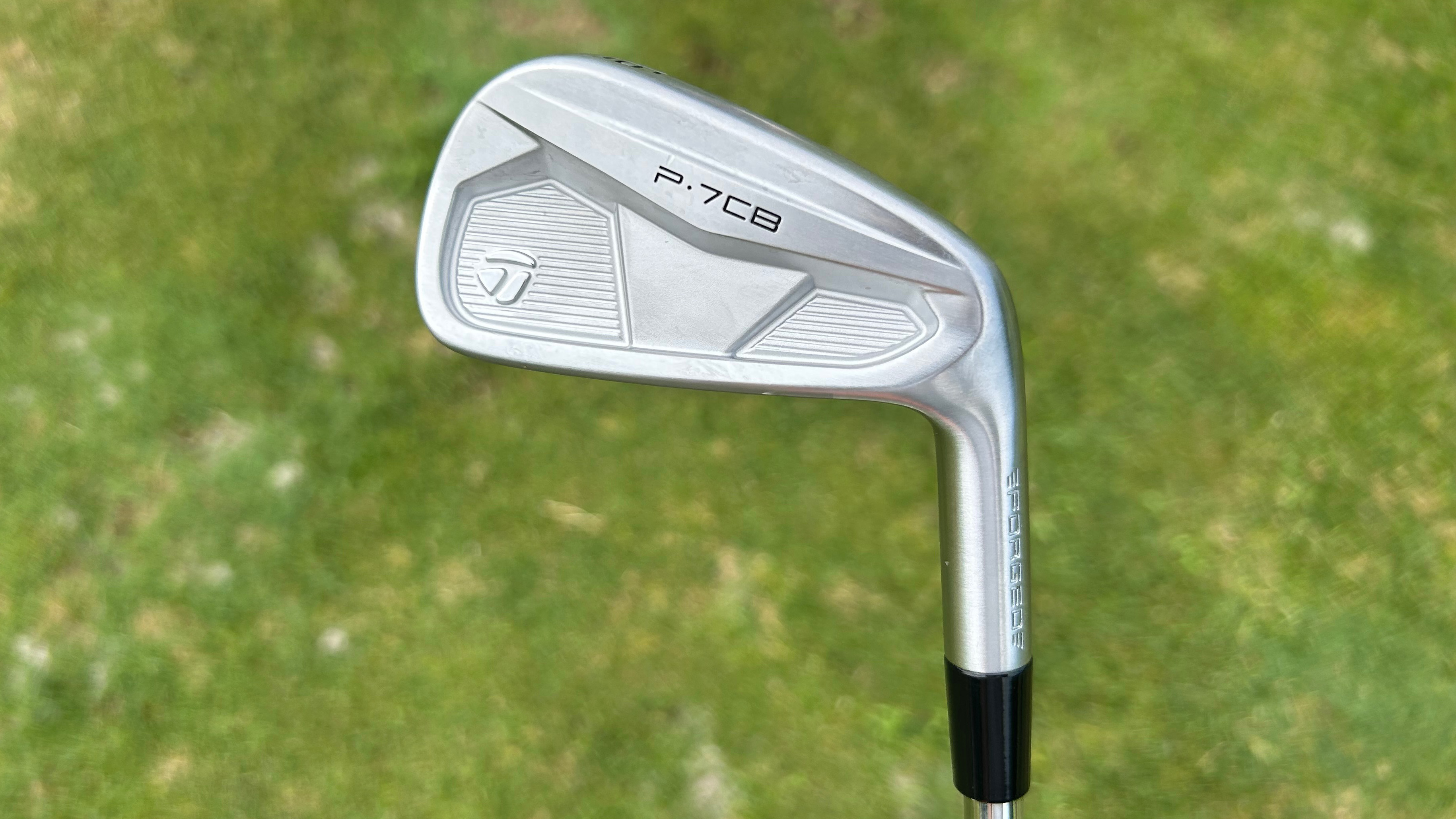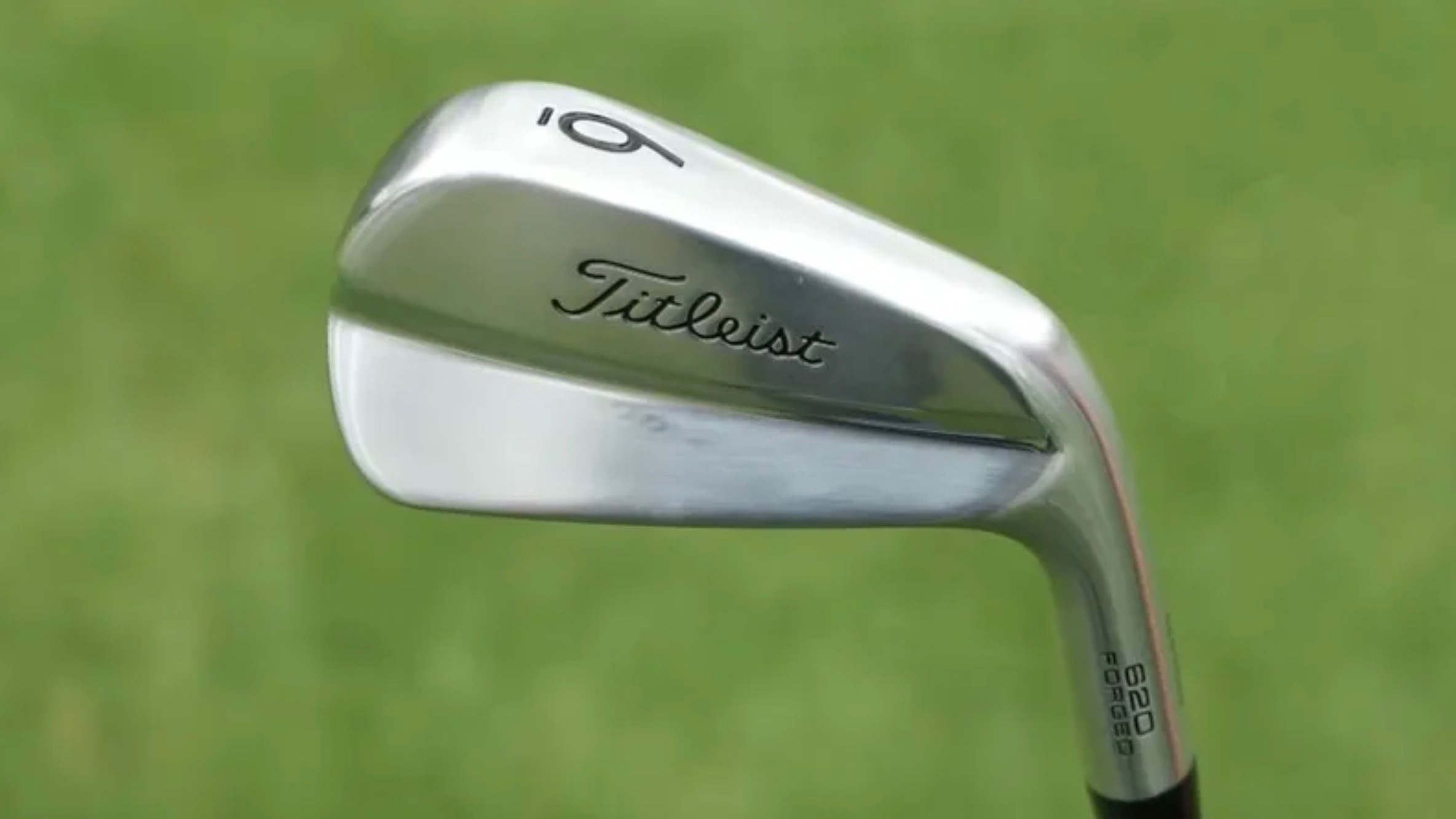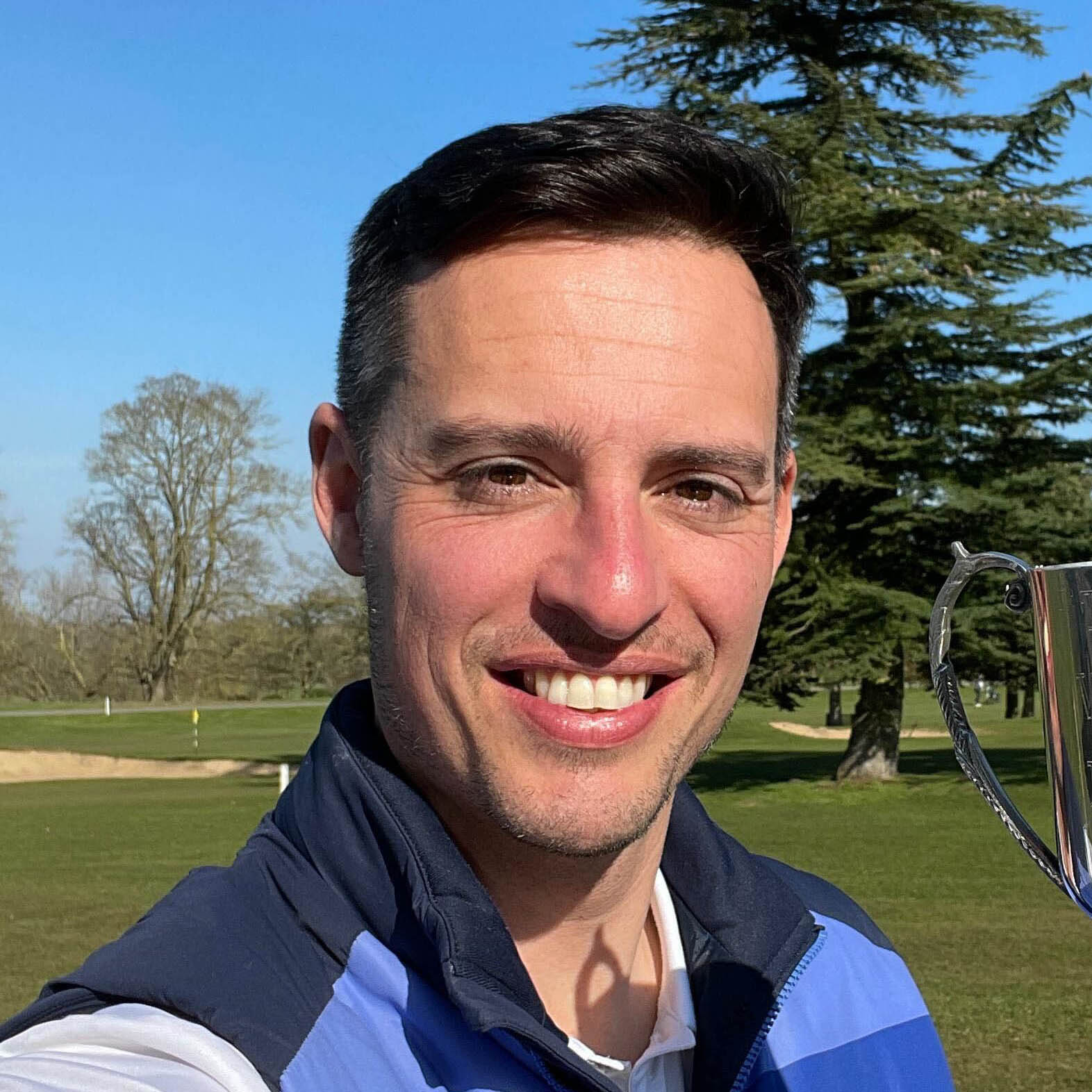Cast Vs Forged Golf Irons: What’s The Difference?
Joel Tadman explains the key differences between the manufacturing techniques and which iron you should choose

Joe Ferguson

Cast Vs Forged Golf Irons: What’s The Difference?
The construction of the best golf irons can basically be split into two manufacturing techniques, forging and casting. But, how is each process achieved, and how do you know which one is right for your game?
Cast irons are essentially made from a mould. Steel is liquidised by extreme heating inside a furnace, and the resulting liquid is then poured into a ceramic mould to create the desired shape of iron. The iron head must then be cooled sufficiently, the mould is then broken, leaving the club inside.
Examples of recent cast irons would be the TaylorMade Qi irons or the Callaway Paradym Ai Smoke irons.
In general, the casting process is quicker than forging, and, as such, is often a more cost-effective method to use for golf club manufacturers.


The forging process is very different. The finished club is fashioned from one piece of metal, and so it is always in a solid state. The metal is heated until it is red hot, then hammered and crafted into shape by a very heavy press, before being hand-ground and polished to form the final product.
Many purists believe that forged clubs feel significantly better because there are no bubbles or pockets of air inside due to the huge pressure they've been subjected to. This is felt to create a more dense and soft sensation at impact.
Subscribe to the Golf Monthly newsletter to stay up to date with all the latest tour news, equipment news, reviews, head-to-heads and buyer’s guides from our team of experienced experts.
The forging process also tightens the grains within the metal. Mizuno is one of the most well-known makers of forged iron, created in its Chuo forging house in Hiroshima. During its unique Grain Flow Forging process, a 10-inch billet of steel is heated, then bent into the lie angle of a golf iron before being pressed, ensuring continuous grain through the head to make some of the best Mizuno irons.



Some brands will weld the neck onto a forged head or even just forge the face that then gets welded onto a cast head, which can mislead golfers into thinking the whole head is forged if it is inscribed somewhere on the head which is something to be aware of if you are intending to purchase fully forged irons.
Forged irons, like the best golf blades, are mostly aimed at better players as they tend to be smaller and more focused on delivering a specific feel and feedback, rather than ultimate playability.
Examples of recent forged irons would be the Mizuno Pro 241, TaylorMade P7CB, and Titleist 620 MB. You should choose a forged iron if you are a good ball striker who values feel and feedback over some more performance-oriented parameters such as forgiveness and ball speed.

Joel has worked in the golf industry for over 15 years covering both instruction and more recently equipment. He now oversees all equipment and video content at Golf Monthly, managing a team of talented and passionate writers and presenters in delivering the most thorough and accurate reviews, buying advice, comparisons and deals to help the reader or viewer find exactly what they are looking for.
One of his career highlights came when covering the 2012 Masters he got to play the sacred Augusta National course on the Monday after the tournament concluded, shooting a respectable 86 with just one par and four birdies. To date, his best ever round of golf is a 5-under 67 back in 2011. He currently plays his golf at Burghley Park Golf Club in Stamford, Lincs, with a handicap index of 3.1.
Joel's current What's In The Bag?
Driver: Titleist GT3, 9°, Fujikura Ventus Black 6 S shaft.
Fairway wood: Titleist TSR3, 15°
Hybrid: Titleist TSi2, 18°
Irons: Titleist T150, 4-PW
Wedges: Titleist Vokey SM10, 50°, 54° and 58°
Putter: LAB Golf DF3
Ball: 2025 Titleist Pro V1x
- Joe FergusonStaff Writer
You must confirm your public display name before commenting
Please logout and then login again, you will then be prompted to enter your display name.